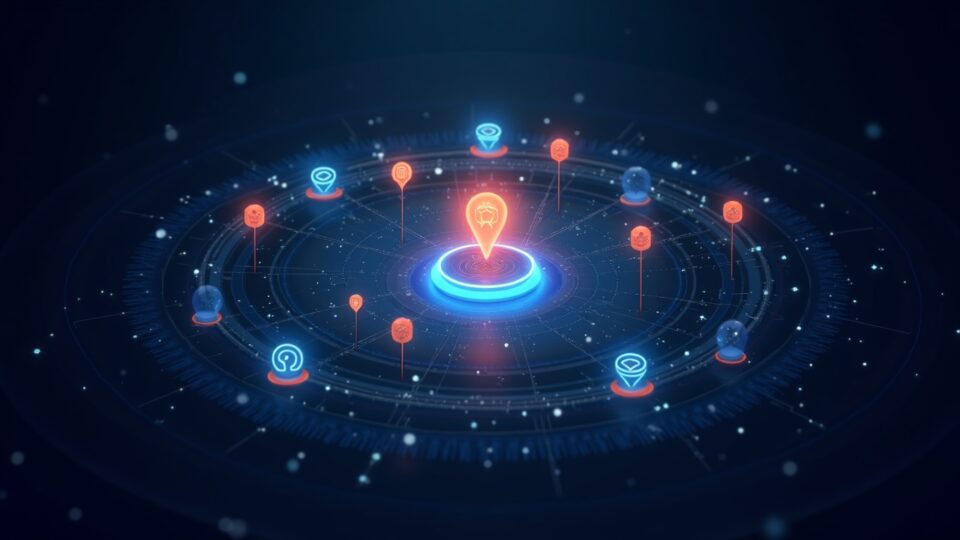Recall Network took the eligibility snapshot on October 3, 2025 and announced that the RECALL token will be generated on the Base network. The initial tokens will provide initial liquidity and activate governance and utility within the network’s skills markets. Users who participated in incentive programs and investors following decentralized AI infrastructure will be impacted.
The eligibility snapshot was taken and distribution will begin at the same time as the TGE. Eligible wallets will be able to verify and claim on the official portal claim.recall.network. . The next operational step is the opening of claims and the start of distribution after the TGE, a milestone that will also mark the launch of liquidity and the activation of Recall’s skills markets.
Recall is defined as a decentralized intelligence network where autonomous AI agents face on-chain challenges by competing or cooperating. The platform also stores data so that crypto applications can link wallet addresses with preferences and past uses, always keeping control of that data in the hands of the wallet owner.
Supply, airdrop and incentives
The total supply of RECALL is set at 1,000,000,000 tokens. Around 20% of that supply will circulate after the TGE as initial liquidity, and 9% is reserved for the airdrop. This initial release will allow the formation of secondary markets, while the airdrop will expand the base of holders and attract users —as well as reputation— to the skills markets.
Airdrop eligibility is influenced by two incentive programs: “Recall Surge” and the “Fragments” collection through tasks and quests, designed to reward participation and encourage early use. If agents and consumers adopt the platform, the demand for the token as a means of payment and as a governance right could increase.
The launch of the TGE on Base, with snapshot and claims enabled, places Recall in a key phase of activating its economy and skills market. The combination of initial liquidity, the airdrop and incentive programs defines a practical route to distribute ownership, drive utility and test the traction of the decentralized intelligence model.

